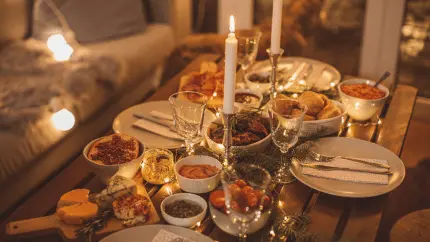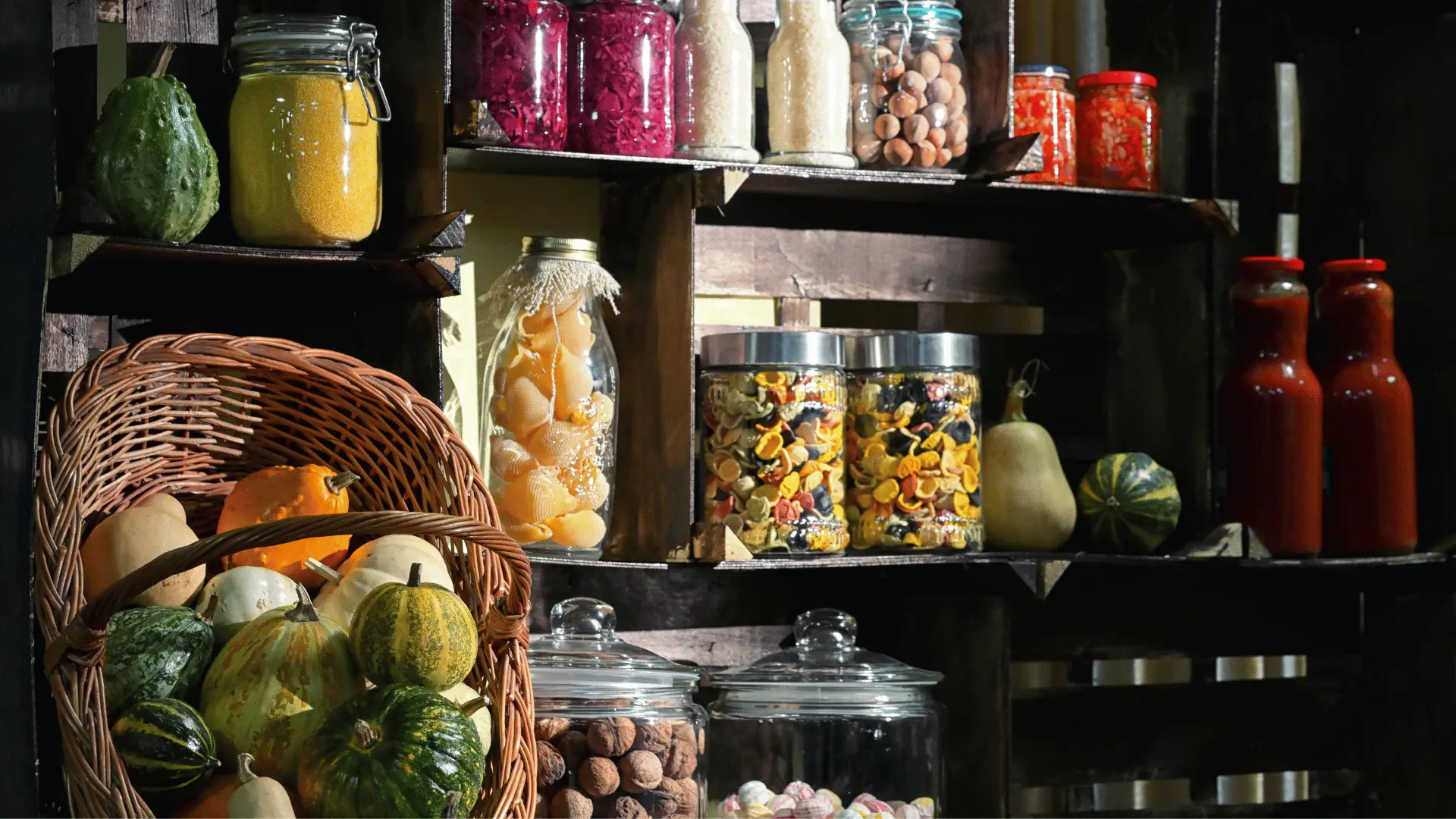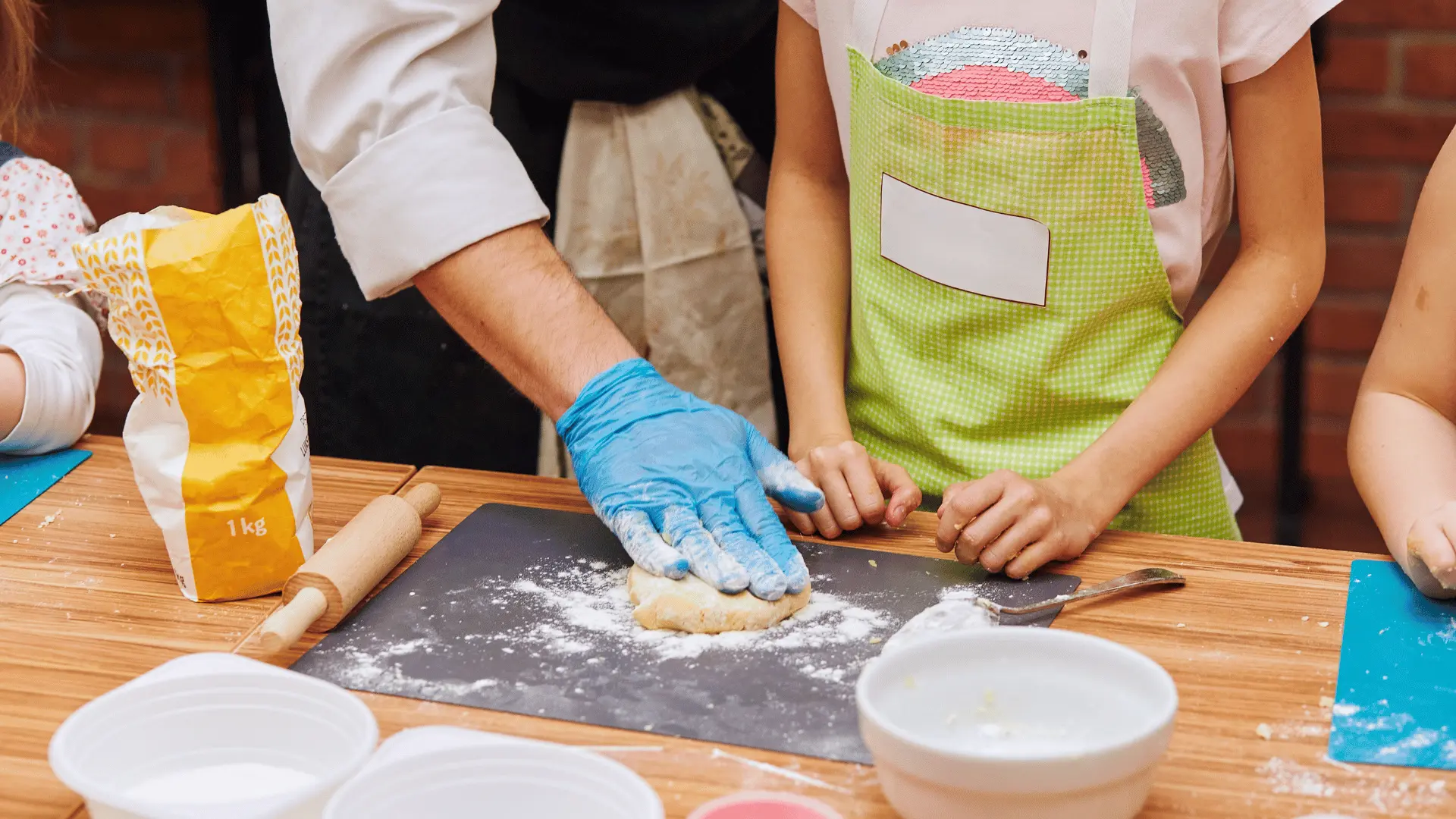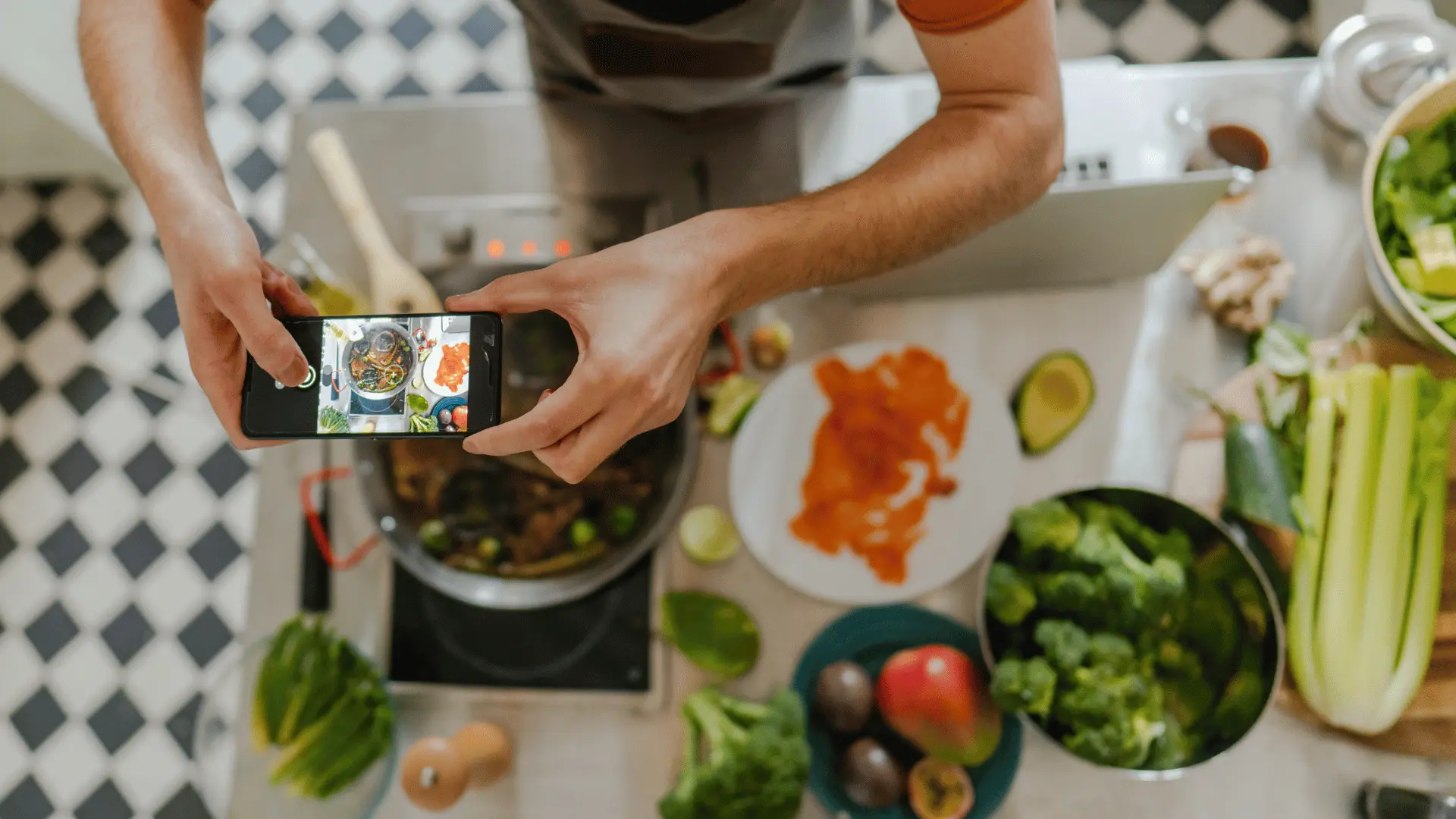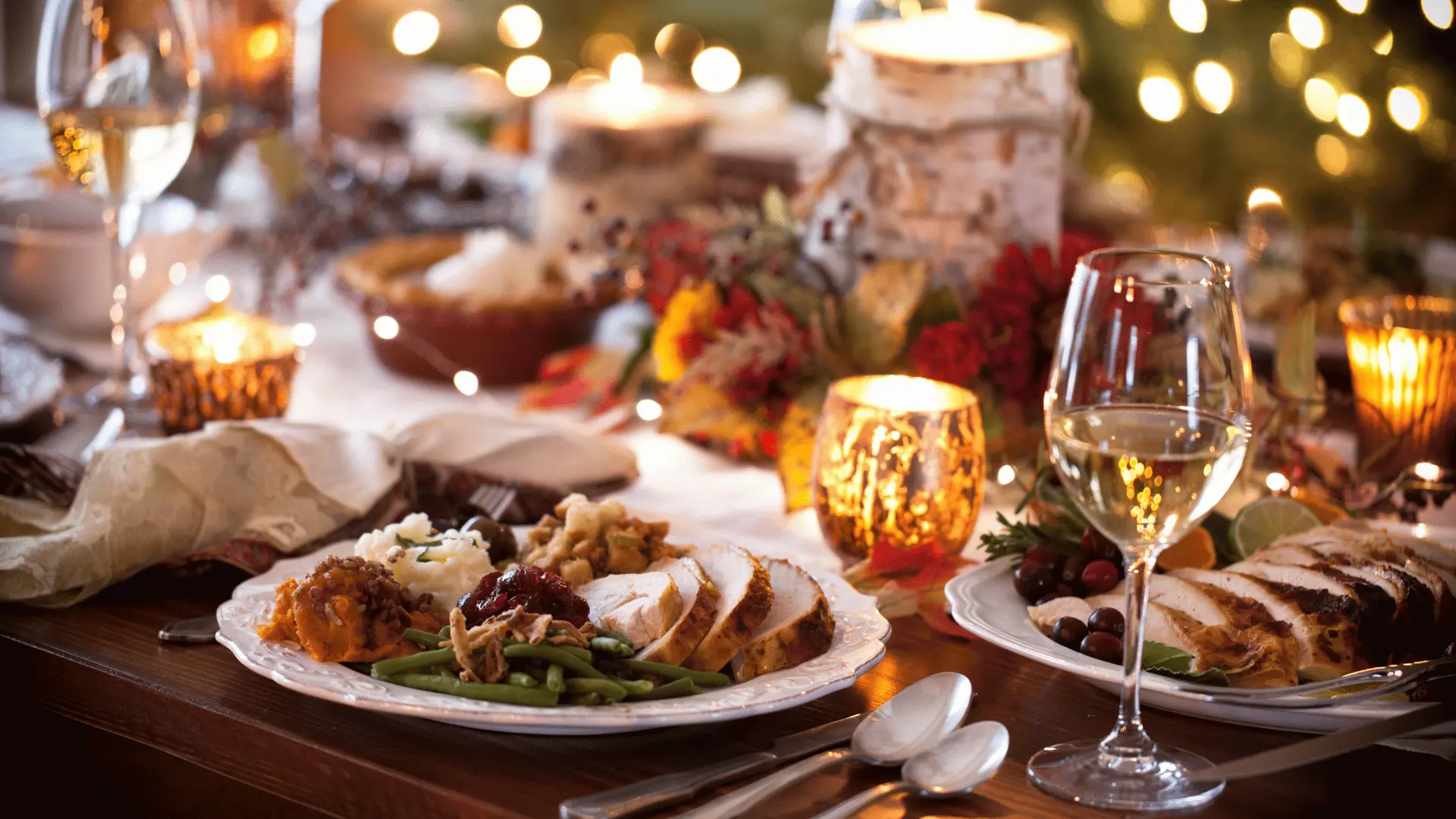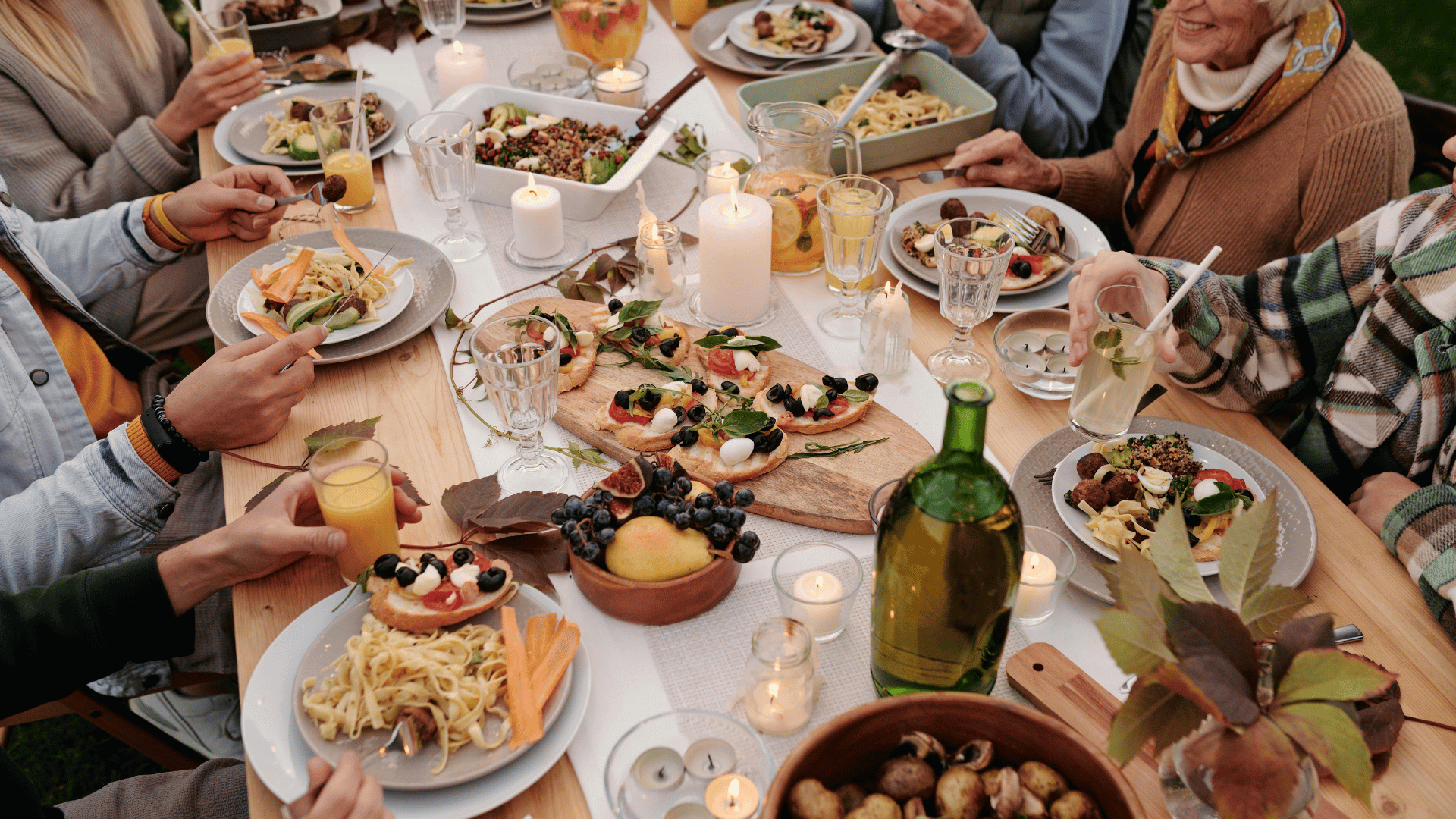
Celebrate Your Family Reunion with Recipe Memory
Family reunions are rare treasures. They’re the moments when cousins reconnect after years apart, grandparents beam with pride, and kids race around while laughter fills the air. These gatherings remind us of the people who shaped us—and almost always, they center around food.
From picnic tables loaded with casseroles to long banquet spreads filled with desserts, the dishes at a family reunion aren’t just meals. They’re pieces of history. Each plate carries the fingerprints of someone who cared enough to make it: the aunt who insists her potato salad is unbeatable, the uncle who tends the grill like a professional, or the cousin who brings that quirky new dessert everyone secretly loves. But here’s the challenge: unless we preserve these recipes—and the stories tied to them—they fade with time.
Why Food Anchors Family Reunions
Food is universal, but at reunions, it takes on an even greater role. It’s not just nourishment; it’s identity. That casserole might remind you of childhood Sundays at Grandma’s house. That barbecue sauce may have originated with a great-grandparent who passed the recipe down by memory, not by paper. These aren’t just flavors—they’re the threads that tie generations together.
Studies show that food memories are some of the strongest we carry. The smell of a dish can instantly transport us back to a specific time, place, and person. When we gather for reunions, the food becomes the shared language that unites us—even across age gaps or family branches. Preserving those meals means preserving the stories, traditions, and love that shaped your family.
The Problem with Letting Recipes Slip Away
Too often, families realize the importance of a recipe only when it’s gone. A loved one passes, and suddenly no one can recreate their signature dish. Or a recipe lives only in someone’s head—measured in “pinches” and “dashes”—until the memory fades. Handwritten cards get lost. Digital notes get buried. And along with them, pieces of family identity disappear.
That’s why Recipe Memory exists: to make sure these stories don’t slip through the cracks. By bringing food and memory together, you create a collection that’s not just about what you ate, but about who you are.
How Recipe Memory Makes Reunions Last Forever
Imagine this year’s reunion as more than just a day of catching up. With Recipe Memory, it becomes a chance to capture the essence of your family—so future generations can feel it too.
- Add the recipes: From Grandma’s cobbler to Dad’s secret ribs, upload each dish with clear instructions.
- Preserve the voices: Record video clips of loved ones cooking or sharing the story behind a recipe.
- Bookmark steps: Sync recipe instructions to moments in the video so others can follow along, almost like cooking side-by-side with the original chef.
- Share or keep private: Create a family-only archive or allow extended relatives to contribute. It’s your choice.
The result isn’t just a cookbook. It’s a living, breathing family archive—part kitchen guide, part oral history, part love letter to the people who matter most.
Ideas to Capture Memories at Your Next Reunion
Want to make this year’s event unforgettable? Here are four ways to turn your reunion into a memory-preserving celebration:
1) Record Generational Recipes
Set aside time for an elder to walk through their signature dish. Maybe it’s Aunt Rosa’s tamales or Grandpa’s gumbo. Ask them to tell the story of where it came from and why it’s meaningful. With a quick recording, you preserve both the instructions and their personality—forever.
2) Create a Memory Station
Set up a corner of the reunion with a phone tripod or simple camera setup. Invite relatives to step up, share a favorite cooking memory, or tell the backstory of their dish. Later, these clips can be added to Recipe Memory, building a digital scrapbook of family voices and faces alongside the recipes.
3) Capture the Potluck Lineup
At most reunions, the potluck table is legendary. Don’t just snap a photo—document it. As dishes are served, record who made them, what they are, and any funny traditions tied to them. The next time someone asks, “Who made that amazing dip?” you’ll have the answer—and the recipe.
4) Give the Gift of Preservation
Instead of parting ways with just leftovers, surprise family members with a Recipe Memory gift card. It’s an invitation for them to upload their own recipes and stories, ensuring the collection grows richer with every generation.
Why This Matters More Than Ever
Families today are more spread out than ever before. Relatives live across states, countries, and even continents. Reunions may only happen once every few years. That’s why capturing these moments matters so much. A digital cookbook built on memory ensures that distance and time don’t erase the flavors and stories that define your family.
Think about it: years from now, your children might want to know what dishes defined your family. Will they have the recipes? The stories? Or just vague descriptions of meals they’ll never taste again? Preserving recipes isn’t about nostalgia—it’s about continuity. It’s about giving future generations a seat at today’s table.
The Emotional ROI
Unlike physical gifts or one-time events, a preserved recipe gains value over time. Ten years from now, a video of your grandmother laughing as she adds “just a little more sugar” will feel priceless. A recipe card scanned into Recipe Memory means your kids will always see her handwriting. These are the kinds of heirlooms no object can replace.
How to Get Started
You don’t need to digitize the entire reunion at once. Start small:
- Choose one dish from this year’s reunion that feels essential.
- Upload it to Recipe Memory, along with a short note or video clip.
- Invite others to contribute their recipes or stories.
- Repeat with each gathering. Over time, you’ll have a collection that spans decades of family history.
Key Takeaway
Family reunions end when everyone packs up and heads home. But the food, laughter, and stories deserve to live on. With Recipe Memory, you can transform a single weekend into a lasting legacy—one that grows richer with every shared dish. Don’t let this year’s reunion slip into memory alone. Capture it, preserve it, and pass it forward.
Recipe Memory — Where food meets family, and moments become stories.
Love what you’re reading?
Join Recipe Memory today to save your favorite recipes, plan meals with ease, and create smart grocery lists ...all in one place.
